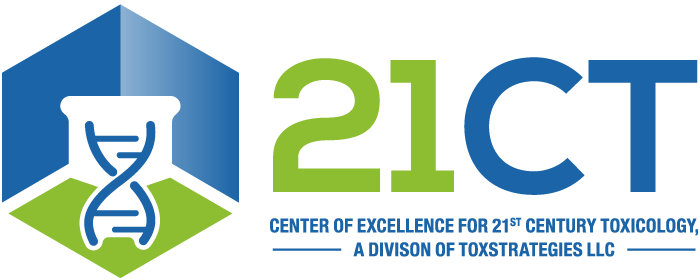Proctor D, Jiang X, Reichert H, Thompson C. 2025. Why rat oral cavity tumors should not be the basis of quantitative cancer risk assessment for oral exposure to hexavalent chromium. Toxicol Sci 208(1):42-47; doi: 10.1093/toxsci/kfaf112. PMID: 40795394.
Abstract
Several regulatory agencies have developed threshold-based drinking water guidelines for hexavalent chromium [Cr(VI)] protective of nonneoplastic and neoplastic lesions in rodents using small intestine tumor data in mice. However, in 2024, the US Environmental Protection Agency Integrated Risk Information System (IRIS) set an oral cancer slope factor based on oral cavity tumors in rats following chronic exposure to up to 180 ppm Cr(VI) in drinking water. Herein, we review previously published in vivo mechanistic data in rat oral cavity tissue indicating the absence of mutation responses in oral cavity tissue of transgenic Big Blue® rats and the absence of transcriptomic responses in F344 rats indicative of toxicological or homeostatic changes in the oral cavity following exposures up to 180 ppm Cr(VI). In addition, we extended an IRIS meta-analysis of gastrointestinal cancers by including oral cavity cancers, using the same epidemiological studies and approach as IRIS. We observed a significantly decreased meta-relative risk (meta-relative risk: 0.81, 95% CI: 0.69 to 0.95 and 0.74, 95% CI: 0.068 to 0.81 using random and fixed effect models). Given the lack of evidence for genotoxicity or even homeostatic responses to Cr(VI) in the rat oral cavity and the absence of oral cancer risk in humans, oral toxicity criteria for Cr(VI) should not be based on oral cavity tumors in rats. Many agencies have instead developed threshold-based toxicity criteria using nonneoplastic intestinal lesions observed in mice due to strong evidence for a cytotoxicity/regenerative proliferation mode of action for intestinal tumors, which were observed at lower drinking water concentrations than rat oral tumors.
